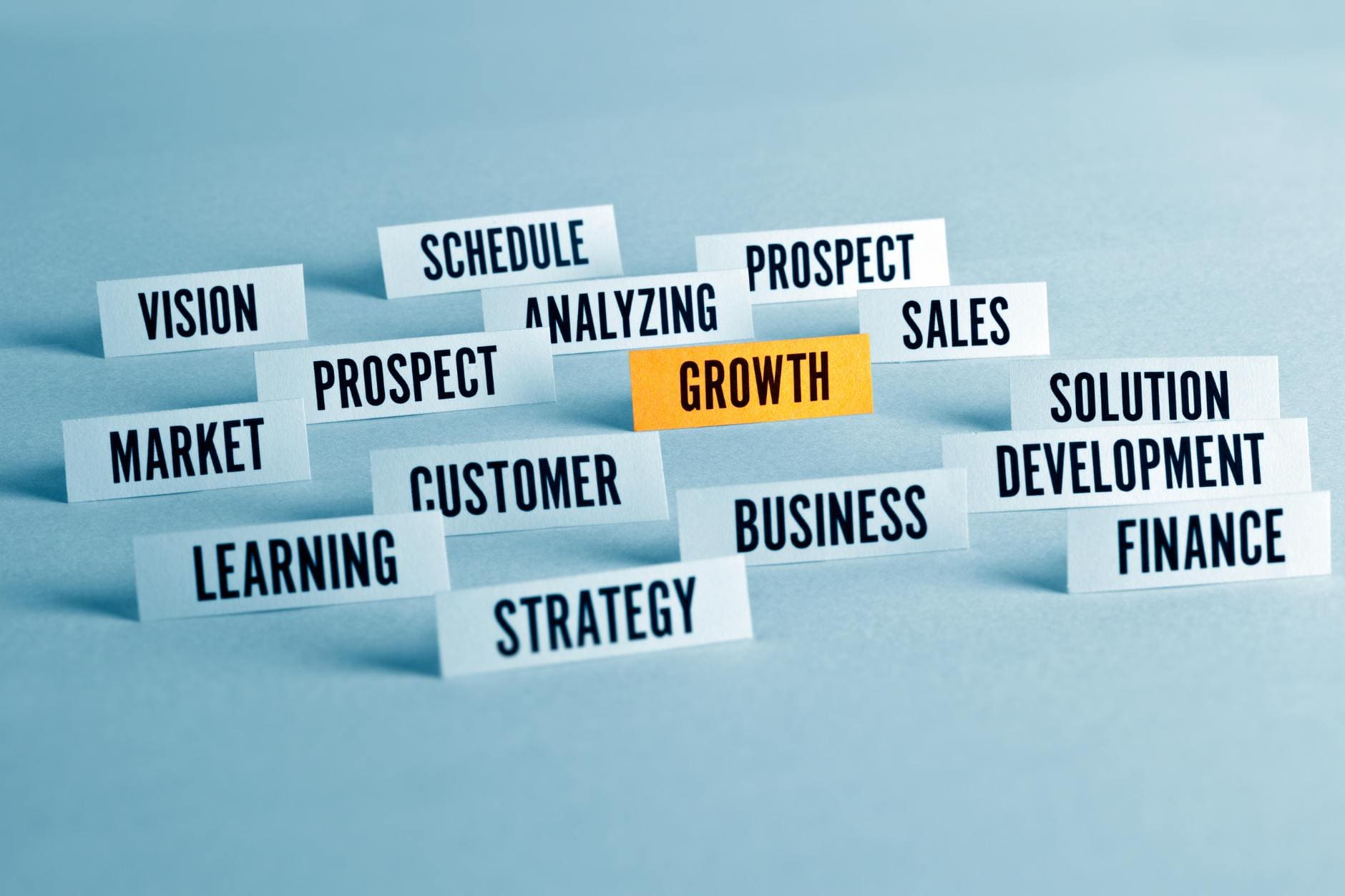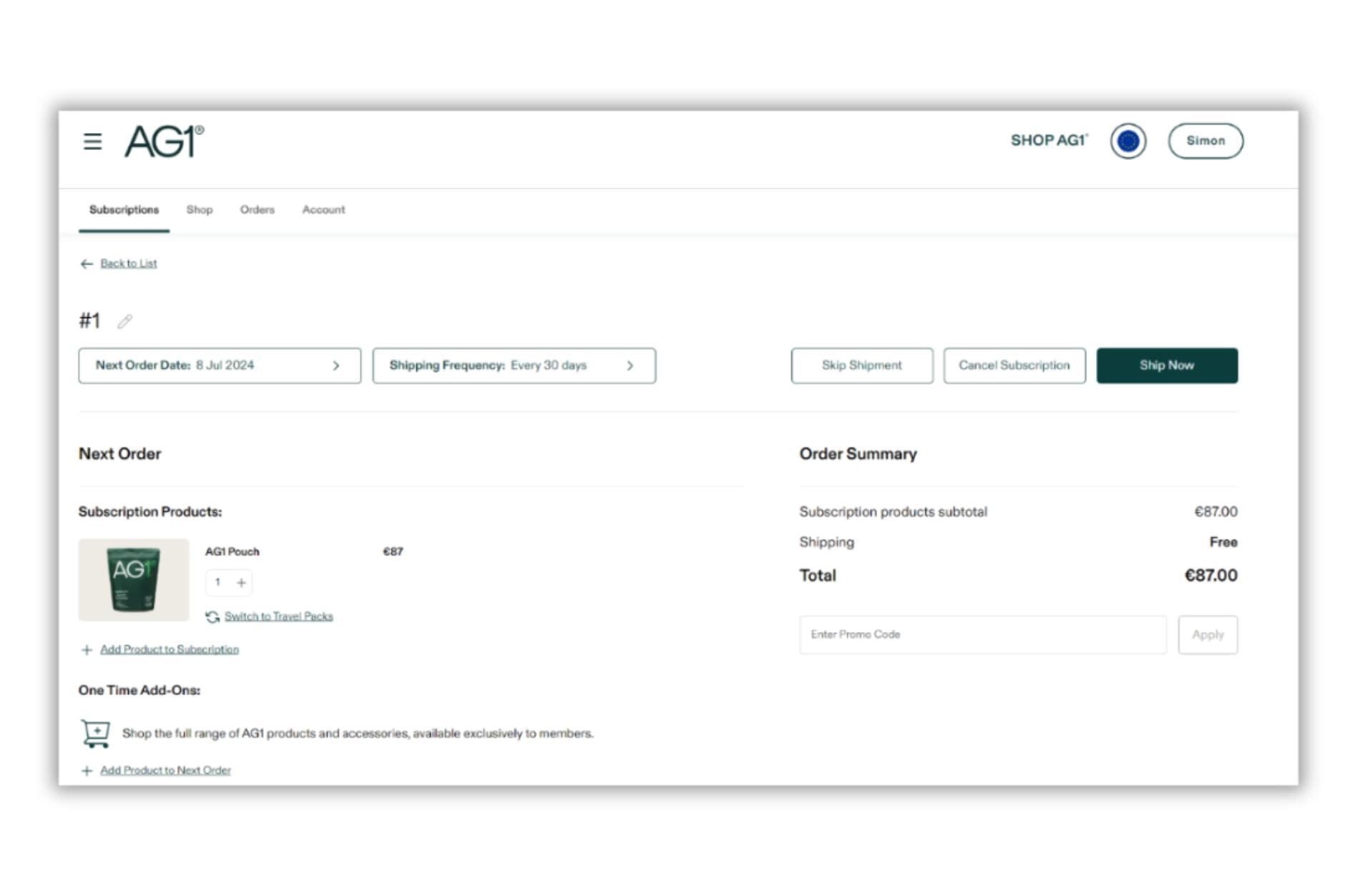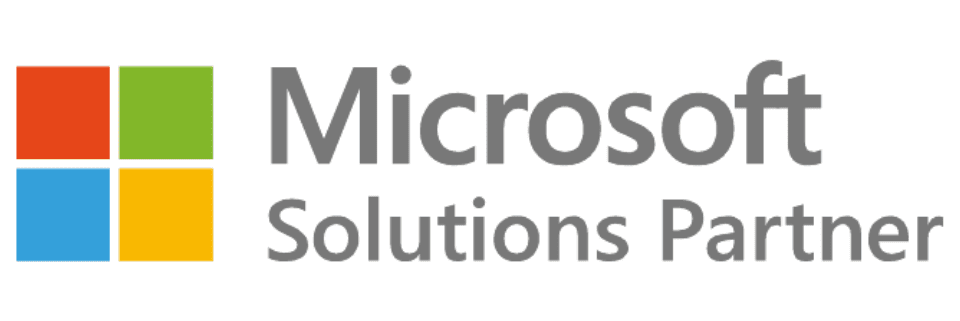9 Things Growth Officers Need
All too often, Heads of Growth and Chief Revenue Officers (CROs) in subscription-based business lack the resources they need to generate revenue and scale. Though this can feel like an impossible situation, there are solutions available. This article gives both insight and 9 actionable strategies to take to stakeholders that will help optimize subscription management to help.
In this article:
- Understanding Subscription Economics
- Advanced Customer Acquisition Strategies
- Maximizing Customer Retention
- Using Dynamic Pricing Models (link)
- Personalization and Customization
- Enhancing Upsell and Cross-Sell Opportunities
- Optimizing the Onboarding Process
- Staying Ahead with Innovation and Trends
- Leveraging Data Analytics for Revenue Optimization

Subscription-based businesses, particularly in industries such as SaaS and IT Services, face unique challenges and opportunities.
For Heads of Growth and Chief Revenue Officers (CROs) in businesses with subscription models, the pressure is extremely high to create revenue and scale.
But if you’re a growth officer, the problem is that more often than not, you’re not given the budget or tools you need to build sustainable growth.
This article will give you actionable insights and effective strategies that will help optimize subscription management to drive significant revenue growth.
Your Challenges
As a growth officer, you’re faced with a lot of challenges. Any of these sound familiar?
- Sourcing investment in tech that supports scaling/growth targets
- Stakeholders and C-Suite do not allow bold and decisive moves
- Lack of information flow and collaboration between marketing, finance, product and sales teams
- A lack of efficient end-to-end process including operations
- Customer data management strategy
- Cutting churn and building customer base with better CLV
- Adapting to buyer behaviors that change all the time
- Struggling to function with legacy systems
- Unable to spot areas for improvement
- Missed opportunities, and revenue leakage affecting revenue targets.
It’s a long list of problems. Each of them can impact whether you meet your goals. Combined, it becomes a list that makes your job impossible.
The Subscription Model and Management
The subscription model can be key to driving long-term revenue growth.
But the success of a subscription-based business requires effective subscription management.
It’s only by eliminating these challenges and optimizing the end-to-end process that a growth officer can deliver noticeable revenue growth.
So what are the strategies and actions that can help you overcome the obstacles that come naturally with your job?
1. Understanding Subscription Economics
Subscriptions bring in revenue, which is why it’s key to understand and monitor the specific metrics that are fundamental to its economics. These metrics are generally measured both quarterly and annually.
- Customer Acquisition Cost (CAC): This is the total cost of acquiring a new customer. The CAC includes the costs of marketing and sales. The lower the CAC (especially when combined with a good CLV), the more potential for short and long-term profitability.
- Customer Lifetime Value (CLV): This is the total revenue your company will bring in from a specific customer over their relationship with you. If you bring in good products and customer retention strategies, you’ll maximize the CLV and significantly increase your revenue growth.
- Monthly Recurring Revenue (MRR): This is the amount of predictable income that your company brings in every month from your subscription fees. This is an extremely hard figure to get right if you use legacy systems, but it’s a key indicator of your subscription success and health.
- Churn Rate: This is the percentage of your subscribers who cancel in a given amount of time. It is one of the most important metrics to get right, because it’s the snapshot for the current success of your brand.
Though there are other metrics you can measure (link) these 4 are the most important. They are interdependent and must all be optimized for the best revenue-boosting results.
2. Advanced Customer Acquisition Strategies
One of the most important things a company can do is attract and convert new customers. Acquisition strategies have to be more than basic afterthoughts because there’s too much competition, and customer expectation is the highest it’s ever been.
Strategies need to be as advanced as possible. These include:
- Targeted Marketing – Customer data-driven analysis can create segments down to micro-segments identifying their pain points, challenges, and needs. That way marketing uses the right language and methods to help communicate how your products are exactly what they need.
- Personalization – It’s one step further than targeted marking, but a whole new world. Customers need and expect personalization. In fact, it’s one of the biggest factors in deciding which brands they go with. Personalization attracts and converts more leads.
- Leveraging Partnerships – You and your brand don’t have to go it alone. Most likely your products can be complemented or enhanced by a non-competitor that is related to the experience that you want to give your customers. Forming a strategic partnership gives you a new audience and customer base and brand trust that pushes conversion rate as well.
- Sales Processes – Without effective sales strategies and a good team, you won’t have any inbound revenue, period. The sales process should be as streamlined as possible to push down the CAC and boost the CLV. Automation, training, and the free flow of information between teams help this.
- Consultative Selling – Like partnerships, consultants can relieve some of the pressure you feel. Consultants have a strong understanding of customer needs, a good level of trust, and an already established customer base. Building a strong relationship with consultants will free up your time and give you access to new customers without additional effort.
Acquiring customers is absolutely key to both the short-term and long-term success of your subscription business.
Of course, it’s also just the first step in the customer journey.
3. Maximizing Customer Retention
Acquiring customers is important, but so is keeping them, because that’s the only way to achieve a good CLV.
It is far easier to sell to existing customers than new ones. They are more likely to buy more often and spend more per purchase.
What keeps customers staying, and cuts churn?
- Choice and Flexibility – The best self-service portals can completely change the ease and attractiveness of a subscription plan. They enable customers to manage their subscription, whether it’s pausing it, changing delivery dates or frequency, adding products and services, or changing subscription dates. The screenshot below, from science-driven nutritional brand AG1, show the options that customers love:
- Proactive Customer Support – Excellent customer support is more than just dealing with problems when they occur. It’s about keeping them onboard all the time with things like clear and easy-to-understand subscription terms, bots for after-hours queries, regularly scheduled check-ins, and fast resolution when problems come up.
- Personalized Assistance – Customers need to know that personalization doesn’t just stop with the purchase. It’s part of their customer experience. Tailored assistance that meets their needs can look like recommendations, content, and onboarding.
- Unique Loyalty Programs, Referral Bonuses, Discounts, and Offers – Though it can be difficult to logistically run, when customers get rewards that are suitable for their needs and wants, they’re happier and more incentivized to keep (or even upgrade) subscriptions.
- Communication of Value – Subscription customers have to continue to see the value in their subscriptions because there is a lot of competition out there trying to both undercut pricing and offer them more. Making awareness of value a regular thing, through creating new features, sharing relevant and valuable content, and incentivizing them sharing their own success stories on social media can reinforce why you’re so valuable.
These efforts will be appreciated by your customers because they build trust. That makes them less likely to leave for a different brand.
4. Using Dynamic Pricing Models
Because the subscription landscape changes so much and so often, dynamic pricing is a must.
Adjusting prices that take into account your target customer’s behavior and the market demand at any given time will make your offerings much more attractive and give you a slight edge over your competitors.
Whether you decide to go with value-based pricing, tiered, freemium, flexible, or usage-based pricing, (or combinations) your company can conduct market research, create focus groups, and get current customer feedback about what they need and what ideally, they would like.
You can also conduct A/B testing and pricing experiments (including personalized discounts, different price points and structures), which will give you direct evidence to bring to stakeholders about what actually works best.
It also will help you understand where your customers see the value in your offerings, so that you can make future adjustments with features, new products, etc. and bring even more ongoing value.
5. Personalization and Customization
Personalization and customization are so important to the customer experience, they actually deserve their own section.
Both enhance everything from the first marketing messages throughout the life of your relationship with each customer. They drive higher satisfaction rates and customer retention.
And that means better long-term growth.
Aside from the personalized marketing already discussed, what can personalization and customization look like?
- Personalized recommendations for product combinations and servicing.
- Content-based filtering.
- Onboarding that is created, shaped and scheduled to meet needs.
- Follow-up tutorials and training based on subscription products.
- Preferred communication including emails, in-app messages, notifications, etc.
- Payments based on each customer’s preferred methods.
Any of these make the customer experience much more enjoyable and cut churn. They also make it far more likely that you’ll benefit from word-of-mouth as well.
How does optimizing selling opportunities further your revenue growth?
6. Enhancing Upsell and Cross-Sell Opportunities
There’s more to subscriptions than just the one subscriptions. The nature of most subscriptions includes upgrading and buying more.
There’s so much revenue to be had through upselling and cross-selling. When these offerings are well-chosen it’s easier to sell them than it was to sell the subscription in the first place.
And both boost your CLV.
Here are a few options:
- Product bundles.
- Exclusive products only available to existing customers.
- Upgrades to the subscription or just to the next shipment or service delivery.
- Limited-time offers and discounts.
One caveat here: it doesn’t matter how tempting the add-on, upgrade, cross-sell is if the timing is wrong.
If your customer is busy, has a really tight budget, doesn’t use the services they’re already paying for, or – heaven forbid – unhappy with your products and service, they might reject it outright.
So your sales process needs to understand the best timing for the offerings. One thing that can also boost the rate of success is a self-serve option, because buyer intent is already much higher.
Once you sell your subscriptions and subscription add-ons and upgrades, onboarding becomes a very important next step. Especially if this is a new customer.
7. Optimizing the Onboarding Process
Onboarding is the first experience they have of your service, so to increase revenue it’s important to get it right every time. No one needs a damaged reputation before the products are even used.
The best onboarding processes happen fast. They cut complexity and friction and give the customer as seamless an experience as possible.
Here are some things that can help make your onboarding as pleasant as possible:
Streamlined Sales-to-Service Process
Unfortunately, one of the biggest hinderances to onboarding is siloed information between sales, customer service, finance, and servicing teams. For example, onboarding can be delayed if your finance team is still waiting for contracts and terms from sales to set up invoicing and payments. That can delay onboarding by weeks or even months. Information must flow freely in real time to combat this extremely common problem.
Self-Service Resources
There are huge chunks of the onboarding process that could be automated and self-service. This not only saves tons of time but meets the pace and needs of your customers. It can be anything from FAQs, information hubs, video tutorials, onboarding process examples, knowledge bases, and video tutorials.
Interactivity
Interactivity (whether self-service or guided) steeply increases customer satisfaction and absorption of necessary information. Walkthroughs, augmented reality experiences, webinars, guided tours, segmented product demos, and even step-by-step instructions and training sessions with service teams really help.
Feedback Loops
Though it can be tough listening to some customer feedback, it’s essential for long-term improvement. Checking up at each stage, one-on-one chats, surveys, even pop-ups through the process will give you the information you need to improve the experience of each customer.
Workflows
Sometimes it’s just about keeping the customer (as well as your teams) informed where they are in the process. Workflow information and personalized onboarding plans ensure that the customer doesn’t feel forgotten or confused about what’s coming up in the process so that they can adjust accordingly.
8. Staying Ahead with Innovation and Trends
It sounds like such a cliche, but without innovation, growth isn’t going to take off. There are so many competitors out there, and it’s very easy for them to find and reach out to your customer base.
That’s why staying ahead of what is going on in your industry and investing in leading-edge products is the firm foundation you need to boost and drive sustained growth.
It’s an attitude that must be embraced by everyone in the organization, from the C-Suite to your customer service reps. Everyone gains from acting on a growth mindset, and everyone has a unique point of view about which products and processes are ripe for improvement.
Growth officers struggle to get support from stakeholders about investing in knowledge and innovation because it tends to be invisible to them. All they look at are success rates for the products.
Sometimes they need to see why seizing opportunities to get ahead of the competition leads to growth. Whether that’s creating case studies, finding the money for investment by reducing the costs of operations, pointing to similar companies who have failed because they didn’t invest, or some other strategy, stakeholders must understand that this isn’t a negotiable.
This can involve multiple strategies:
- Process Optimization – Automating routine tasks and streamlining the workflows helps create the space and revenue needed to redirect investment.
- Product Innovation – Doesn’t have to mean all new products all the time. It could be better performance, new features, or expanding to a different market through collaboration.
- Industry Analysis – Everything from trend and regulation monitoring, attending industry events, creating a clear brand voice that is involved in thought leadership, to understanding tech and market shifts allows for both proactive and reactive strategizing.
- Technology Adoption – There are a vast range of technologies out there specifically designed to make innovation and keep up with the landscape much easier and even pain-free. They range from artificial intelligence to machine learning and real-time analysis, to cloud computing.

When companies make the investment in their future, they’re far more likely to get a good return.
9. Leveraging Data Analytics for Revenue Optimization
So many companies don’t make use of one of the most powerful tools that there is to build growth – data.
With the right platform, data can both identify and create opportunities for you to build growth. Here are just a few ways:
Segmentation
You can segment customers based on their buying behavior, preferences, engagement, usage, and demographics like regions and countries. All these allow your company to tailor marketing, product, experience, and retention strategies that will cut churn and boost your base and revenue.
Prediction and Forecasting
Predictive analytics can forecast everything from customer behavior to finance and revenue outlooks. No matter what the nature of predictive reports you get, the insights inside help you to take preemptive measures that will help you make more informed decisions, avoid possible disaster, and gain a competitive advantage.
Regulation
Regulations, guidelines, and laws change. And the stakes are high – without compliance, you risk fines and destruction of your reputation. If your customer base reaches across regions, countries, continents, and industries, you’re subject to a host of rules that it’s your responsibility to keep track of. But data and analytics can do this automatically.
Revenue Insights
Revenue data can provide a lot of insight to spot revenue opportunities. Through product performance and customer profitability analysis, you’ll be able to understand which products deliver what revenue so that you can pivot, lean into what works, and change what doesn’t.
Data and analysis give an excellent foundation to drive growth. They also give you the numbers you can take to the C-Suite and other stakeholders.
Don’t leave those numbers by the wayside.
Conclusion
Driving revenue growth in subscription-based businesses will always require a holistic and comprehensive approach.
It will involve everything from acquisition to customer retention, use of data and analytics, the right pricing and product offerings, optimized operations, personalization, cut churn, and innovation.
But with all that, Heads of Growth and CROs need the support and tools necessary to achieve significant revenue growth by optimizing end-to-end subscription management.
That’s the way things get done, and things get better as time goes on.
If you’re ready the growth of your subscription-based business to the next level, you’ll need the best of breed Cloud ERP Subscription Management solution tailored to your company’s needs.
Something you can take with confidence to your stakeholders.
Why not book a 30-minute discovery call with us to explain your unique circumstances and what’s needed to help you drive significant revenue growth?
More Bluefort insights...
Ready to transform your business with the power of subscriptions? Discover how we can help you achieve sustainable revenue growth and enhanced customer loyalty. Contact us today to learn more!
Schedule a free, no-obligation discovery call today!





